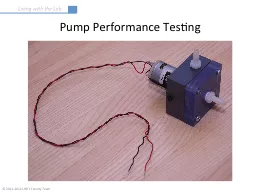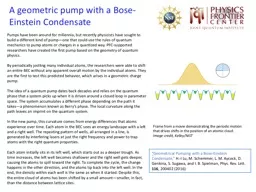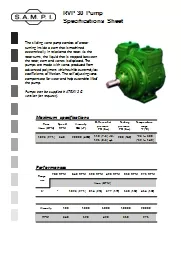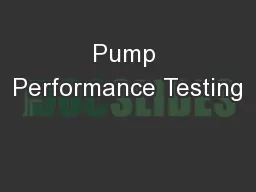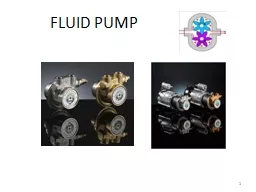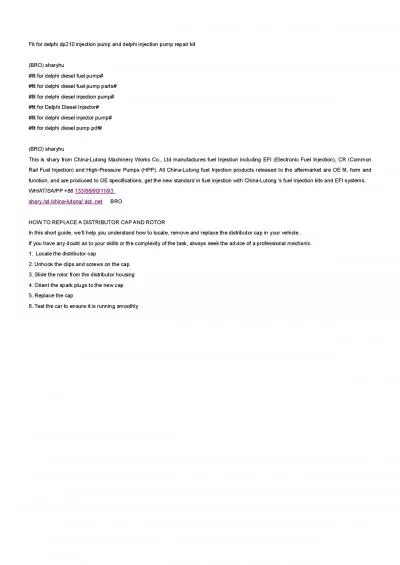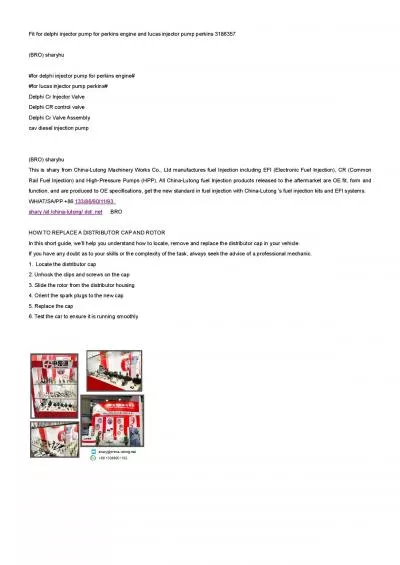PPT-Pump Performance Testing
Author : sherrill-nordquist | Published Date : 2017-05-26
Goal Measure the pump curves Head versus flow rate Efficiency versus flow rate Pump testing in a nutshell Prep Make sure the pump works dry and wet tests Wire the
Presentation Embed Code
Download Presentation
Download Presentation The PPT/PDF document "Pump Performance Testing" is the property of its rightful owner. Permission is granted to download and print the materials on this website for personal, non-commercial use only, and to display it on your personal computer provided you do not modify the materials and that you retain all copyright notices contained in the materials. By downloading content from our website, you accept the terms of this agreement.
Pump Performance Testing: Transcript
Download Rules Of Document
"Pump Performance Testing"The content belongs to its owner. You may download and print it for personal use, without modification, and keep all copyright notices. By downloading, you agree to these terms.
Related Documents

